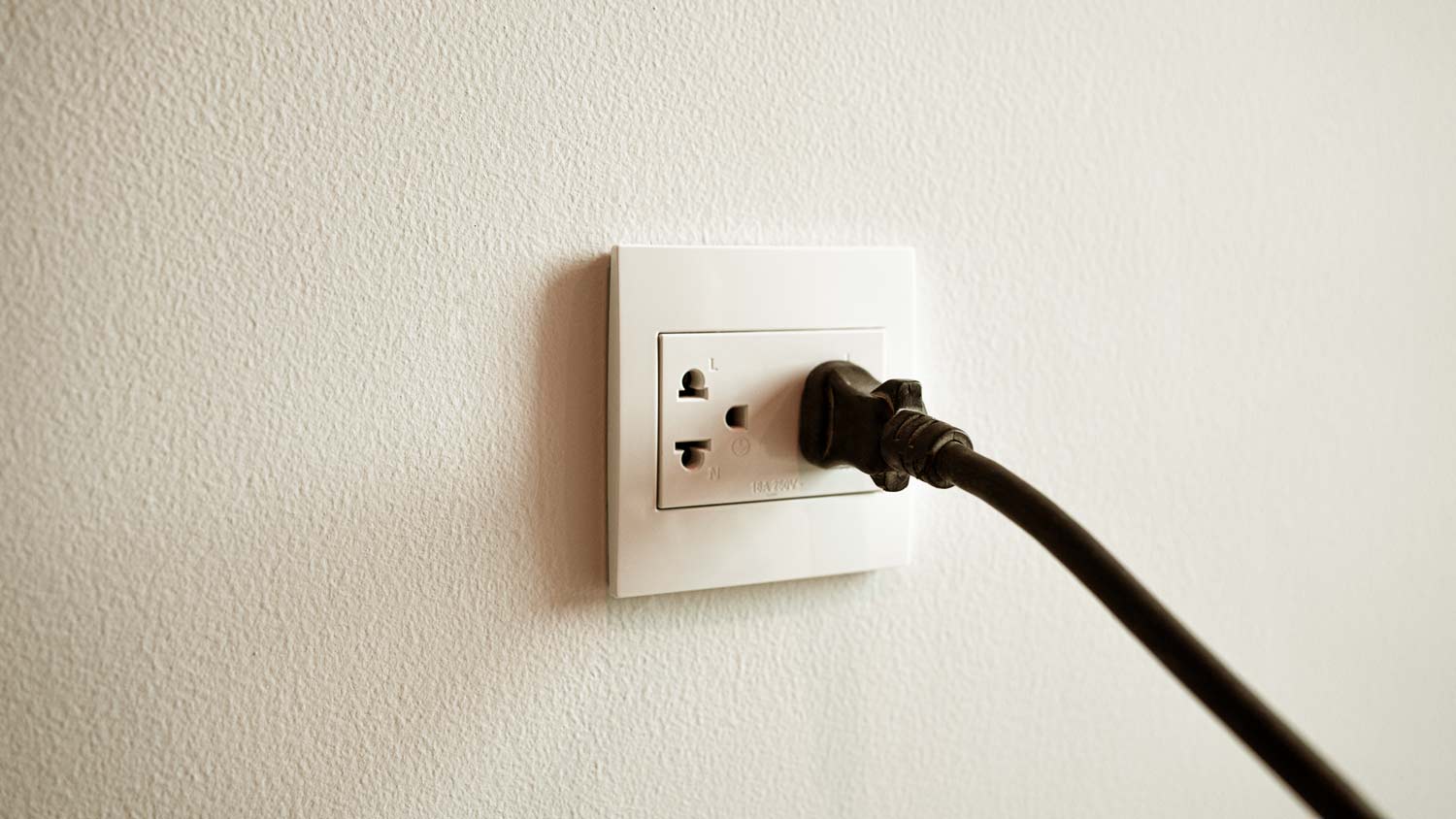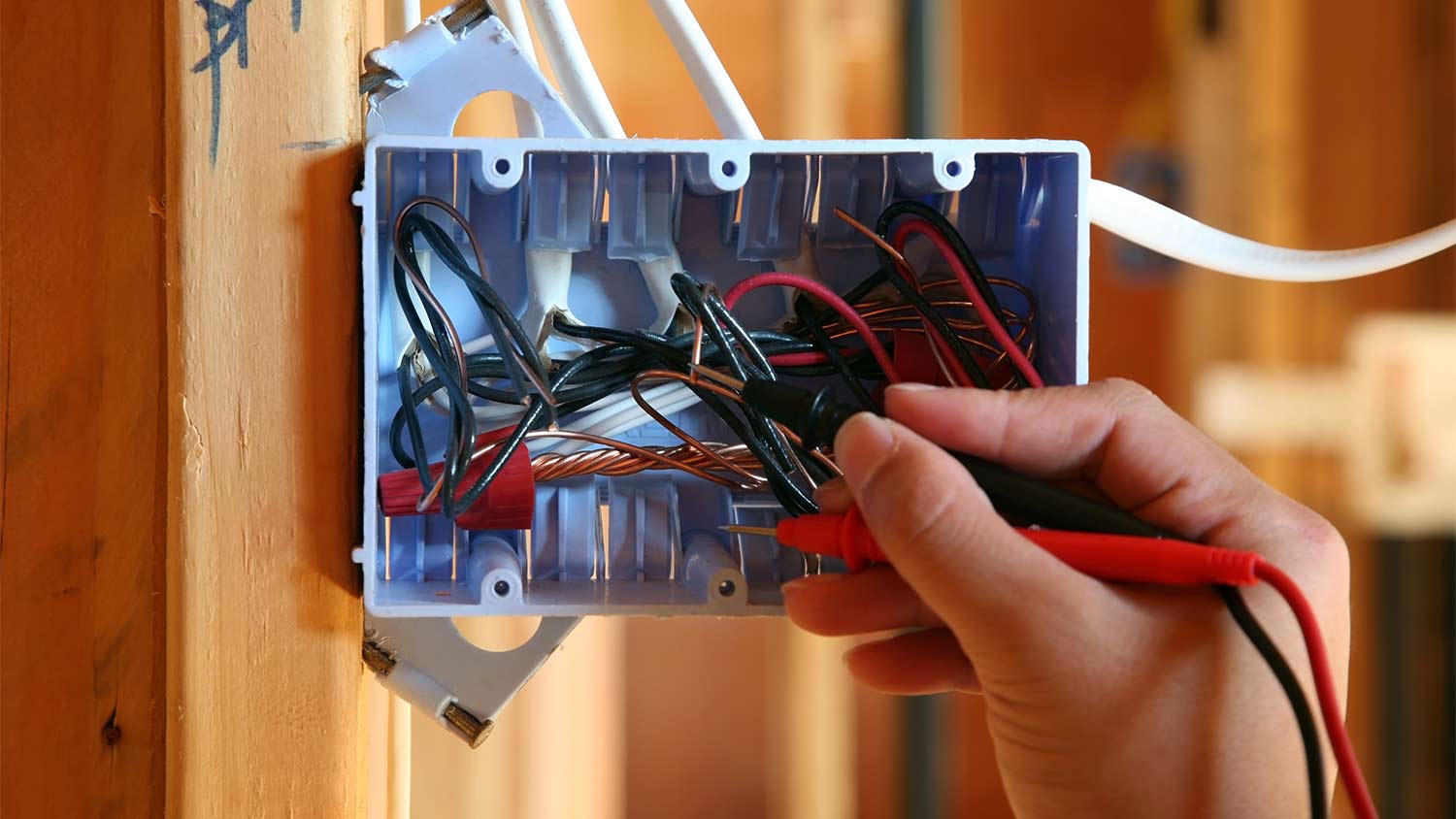
Curious about the cost to replace all the electrical outlets in your house? Electricians will offer a price break, so it’s a smart buy. Find out more here.
You can save space with sideways outlet installation


There is no regulation against installing outlets sideways.
The orientation of an outlet depends on style preference and available space.
The cost of installing an outlet ranges between $75 and $485.
Whether you are remodeling your home or replacing a single outlet, you may wonder whether electrical outlets can be installed sideways. The National Electric Contractors Association sets rules and regulations for installing outlets, but does the orientation of how an outlet is installed matter?
Let’s examine whether outlets can be installed sideways, the common reasons why sideways installation is considered, and which way is best.

Outlets can be installed sideways as long as they are wired and mounted correctly. Although the National Electric Contractors Association has codes for placement, tamper-resistant requirements, and GFCI protection, there is no rule for installing an outlet sideways or vertically.
However, it’s essential to choose an orientation that will not interfere with the outlet's function or safety. It’s best to hire an electrician near you to determine which way the outlet should be installed and ensure the task is done correctly.

There are a few reasons homeowners may want to install outlets sideways, such as:
Space Efficiency: In areas with tight spaces, such as near appliances or between cabinets, where there isn’t enough room to install a vertical outlet, it may be installed sideways to optimize space.
Aesthetic Preference: Some people prefer the look of sideways outlets, especially in kitchens, bathrooms, and above kitchen countertops.
Ease of Access: Installing an outlet sideways may make it easier to plug and unplug devices.
Whether you should have outlets installed sideways or vertically depends on your personal preference and space restrictions. Sideways outlets can make it easier to connect larger plugs and may be more aesthetically pleasing in areas such as the kitchen. You should discuss your decision with an electrician prior to installation to decide which orientation is best for your setup and needs.
The cost of installing outlets depends on factors like type of outlet, location, and number being placed. Homeowners can expect to pay between $75 and $485 to hire an electrician to professionally install an outlet. However, it’s worth paying a professional electrician to complete the job because working with electricity is extremely dangerous, and it will prevent other potential damage from incorrect installation.
From average costs to expert advice, get all the answers you need to get your job done.

Curious about the cost to replace all the electrical outlets in your house? Electricians will offer a price break, so it’s a smart buy. Find out more here.

If you need electrical work done, you’ve probably been asking, “How much does an electrician cost?” We’ll break down all the cost factors for you here.

Looking to size up your electrical system to cover higher usage and improve efficiency? Use this guide to see the cost to upgrade an electrical panel.
.jpg?impolicy=leadImage)
Home electrical wiring must be handled carefully. Here’s a breakdown of what you can do yourself and when you need an electrician.

Learning how to calculate box fill correctly will ensure you meet building codes and reduce the risk of electrical fires. Use this calculator to help.

Take your DIY skills to the next level by reading electrical measurements. Use this guide to learn how to read a multimeter to troubleshoot electrical issues.